
1. Explanation
1. Overview
setTimeout: Call a function or execute a code fragment after the specified delay time
setInterval: Periodically call a function or execute a piece of code.
2. Grammar
setTimeout:
var timeoutID = window.setTimeout(func, delay, [param1, param2, ...]); var timeoutID = window.setTimeout(code, delay);
setInterval
var intervalID = window.setInterval(func, delay[, param1, param2, ...]); var intervalID = window.setInterval(code, delay);
<script type="text/javascript">
setTimeout( function(param){ alert(param)} , 100, 'ok');
</script> 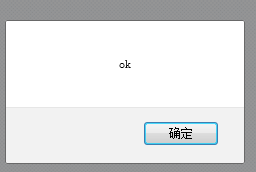
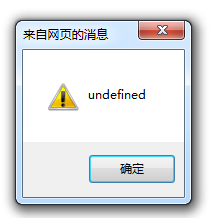
I briefly tested the fifth item, using firefox and IE9 on my computer. The former can pop up ok smoothly, while the latter pops up undefined.
2. “this” question
The code called by setTimeout() runs in an execution environment completely separate from the function in which it is located. This will cause the this keyword contained in these codes to point to the window (global object) object, which is different from the expected this The values are not the same. The situation with setInterval is similar.
<script type="text/javascript">
//this指向window
function shape(name) {
this.name = name;
this.timer = function(){alert('my shape is '+this.name)};
setTimeout(this.timer, 50);
}
new shape('rectangle');
</script>
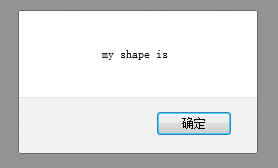
It was not passed in. I tried it with chrome, firefox and IE9, and the result was the same.
Solution 1:
<script type="text/javascript">
function shape(name) {
this.name = name;
this.timer = function(){alert('my shape is '+this.name)};
var _this = this;
setTimeout(function() {_this.timer.call(_this)}, 50);
}
new shape('rectangle');
</script>
Set a local variable _this, and then put it in the function variable of setTimeout. The timer executes call or apply to set the this value.
function can call the local variable _this, thanks to Javascript closures. It involves scope chain and other knowledge. If you are interested, you can learn about it yourself. I will not go into it here.
Solution 2:
This method is a bit fancy. Customized setTimeout and setInterval. It also extends the problem that lower versions of IE browsers do not support passing additional parameters to the delay function.
<script type="text/javascript">
//自定义setTimeout与setInterval
var __nativeST__ = window.setTimeout, __nativeSI__ = window.setInterval;
window.setTimeout = function (vCallback, nDelay /*, argumentToPass1, argumentToPass2, etc. */) {
var oThis = this, aArgs = Array.prototype.slice.call(arguments, 2);
return __nativeST__(vCallback instanceof Function ? function () {
vCallback.apply(oThis, aArgs);
} : vCallback, nDelay);
};
window.setInterval = function (vCallback, nDelay /*, argumentToPass1, argumentToPass2, etc. */) {
var oThis = this, aArgs = Array.prototype.slice.call(arguments, 2);
return __nativeSI__(vCallback instanceof Function ? function () {
vCallback.apply(oThis, aArgs);
} : vCallback, nDelay);
};
function shape(name) {
this.name = name;
this.timer = function(other){
alert('my shape is '+this.name);
alert('extra param is '+ other);
};
}
var rectangle = new shape('rectangle');
setTimeout.call(rectangle, rectangle.timer, 50, 'other');
</script>
1. Set local variables and assign values to native setTimeout and setInterval
2. Extend setTimeout and setInterval, aArgs obtains additional parameter arrays by splitting the arguments variable
3. Use vCallback instanceof Function to determine whether this is a function or code. If it is a function, use apply to execute it
4. SetTimeout is executed with call, and sets this object, as well as other func, delay and other parameters
5. By extending setTimeout, browsers with lower versions of IE can also execute additional parameters
3. The difference between setTimeout and setInterval
<script type="text/javascript">
setTimeout(function(){
/* Some long block of code... */
setTimeout(arguments.callee, 100);
}, 10);
setInterval(function(){
/* Some long block of code... */
}, 100);
</script>
看上去,两个功能是差不多的,但是里面其实是不一样的。
setTimeout回调函数的执行和上一次执行之间的间隔至少有100ms(可能会更多,但不会少于100ms)
setInterval的回调函数将尝试每隔100ms执行一次,不论上次是否执行完毕,时间间隔理论上是会<=delay的。
setInterval:
<script type="text/javascript">
function sleep(ms) {
var start = new Date();
while (new Date() - start <= ms) {}
}
var endTime = null;
var i = 0;
setInterval(count, 100);
function count() {
var elapsedTime = endTime ? (new Date() - endTime) : 100;
i++;
console.log('current count: ' + i + '.' + 'elapsed time: ' + elapsedTime + 'ms');
sleep(200);
endTime = new Date();
}
</script>
从firefox的firebug可以查看到,时间间隔很不规则。
情况大致是这样的:由于count函数的执行时间远大于setInterval的定时间隔,那么定时触发线程就会源源不断的产生异步定时事件,并放到任务队列尾而不管它们是否已被处理,但一旦一个定时事件任务处理完,这些排列中的剩余定时事件就依次不间断的被执行。
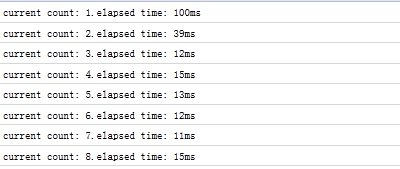
setTimeout:
<script type="text/javascript">
function sleep(ms) {
var start = new Date();
while (new Date() - start <= ms) {}
}
var endTime = null;
var i = 0;
setTimeout(count, 100);
function count() {
var elapsedTime = endTime ? (new Date() - endTime) : 100;
i++;
console.log('current count: ' + i + '.' + 'elapsed time: ' + elapsedTime + 'ms');
sleep(200);
endTime = new Date();
setTimeout(count, 100);
}
</script> 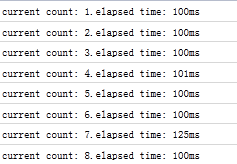
以上就是本文的全部内容,希望对大家学习javascript定时器有所帮助。




